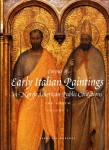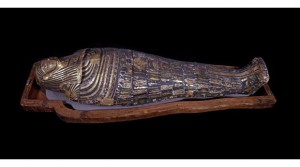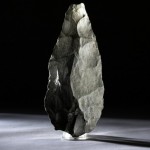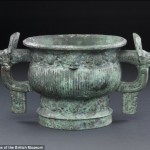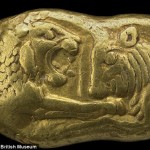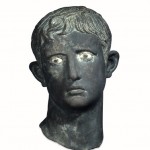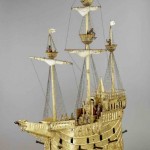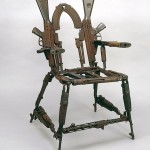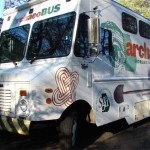Another slow news Sunday here, but I did find an addictive little YouTube channel run by Historic Royal Palaces, the British independent charity which cares for the Tower of London, Hampton Court Palace, the Banqueting House, Kensington Palace and Kew Palace. The videos in the channel cover the history of those sites and their royal inhabitants.
First one’s free about Henry VIII’s enormous kitchens at Hampton Court Palace. At 36,000 square feet, the Hampton Court kitchens are the largest surviving Renaissance kitchens in Europe.
[youtube=http://www.youtube.com/v/iwr68gROYM0&w=430]
Once you’ve gotten your fill of that, there are a bunch more about the food history of the Tudor court: Lighting a Tudor fire without matches, What the cooks wore and why, Turning the spit, Show and tell with spices, and King’s Confectionary.
Still that’s just scratching the surface. There are a dozen more videos about Henry VIII, his politics, his culture, his lovahs. Scroll down the list on the right of the uploads page to feed your Tudor addiction or to commune with the Tower of London ravens or find out about royal toilets through the ages
